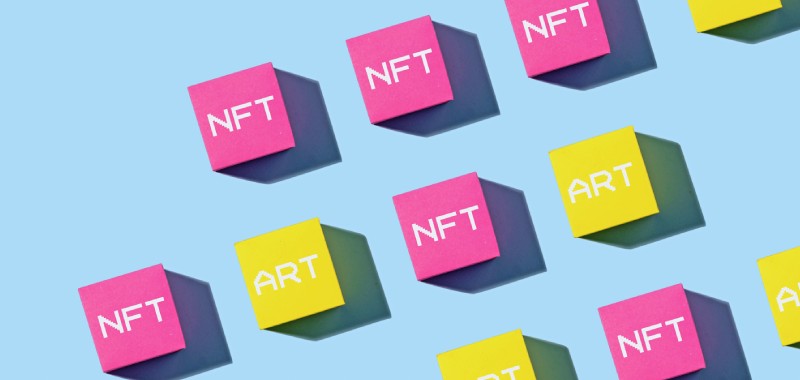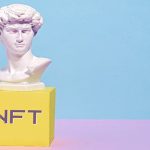
Hermes vs. Rothschild El artista que vendía NFT de birkins en el Metaverso
The case involving the luxury brand Hermès and the American artist Mason Rothschild for creating and selling NFT’s replicating the design of the popular and sought-after Birkin, has started an intense debate around intellectual property rights in the digital world.
Last month, the jury of New York Federal Court ordered Rothschild to pay an estimated 133,000 USD in damages to Hermès, as they found the artist liable on three counts: infringement, trademark dilution and cybersquatting. The latter cunt is due to his use of the domain name metabirkins.com, which was deemed confusing and to have led consumers to believe there was a link to the official Hermès brand.
Hermès, characterized by its hermeticism, and far removed from controversy and legal disputes, has rarely gone to court to settle disputes, opting for a low profile in coherence with its brand strategy. However, Rothschild’s sale of the MetaBirkins was a violation of Hermès’ entry into the NFT and Metaverse market.
The interest that the Metaverse sparked in fashionistas and collectors of luxury goods is a compelling reason for fashion industry brands to protect their launch strategy into the NFT market, as well as the exploitation of their brand in the Metaverse. In this sense, the US Court’s ruling is a victory for fashion brands because even though NFTs are digital goods, the Court’s decision clearly states that freedom of expression is not an excuse to infringe intellectual property rights.
Rothschild’s defense argument was that the creation of his NFT’s are protected by the US First Amendment, under his right to freedom of expression. This First Amendment guarantees the right to freedom of expression and, in the context of art, has been interpreted to protect the right of artists to create works that may be offensive or controversial, in terms comparable to the figure of Parodia in Spanish law. However, the evidences found that the artist’s intention through the creation and sale of the NFTs was not his artistic expression but rather the pursuit of economic gain, completely undermined his defense in the eyes of the Jury, as Rothschild created and published 100 MetaBirkins NFTs with a starting price of 450 dollars each.
Let us remember that, although art is a powerful vehicle for the expression and transmission of ideas, freedom of artistic expression is not an absolute right and a preponderance of intellectual property rights, including the economic exploitation thereof, must be carried out. In this sense, this first judgment, despite being handed down by a non-trademark specialized jury, rightly stated that ”Consumer perceptions of real-world products can be applied to equivalent virtual products, since an essential aspect of virtual products is to mimic the fundamental concepts of real-world products”.
Other cases in the Metaverse
The rise of the metaverse and NFTs presents a new wide range of opportunities, but it has also triggered new legal challenges in terms of brand protection. In recent months, several companies have taken legal action against third parties who have used registered designs without authorization to sell products in the digital marketplace.
Nike, one of the pioneering brands to explore the Metaverse to exploit its brand marketing and which recently acquired the RTFKT studio, has filed a lawsuit against the StockX platform for allowing the sale of NFTs containing the brand’s trainer designs without authorization.
StockX, a platform where users trade NFT’s of trainers by certifying ownership of the physical trainers themselves, allows price speculation of these virtual products, which Nike claims misleads consumers. Nike accuses the platform of trademark infringement and trademark dilution as well as unfair competition, and has already requested the platform to remove and prevent the publication of NFTs containing its brand. Faced with this measure, users have chosen to carry on to exchange such NFTs on other platforms.
Rothschild case, although it is not a final decision as the artist intends to appeal, sets an important precedent for Intellectual Property rights in the digital world and, specifically on NFTs, reminding us that the limits to freedom of artistic expression also apply in the Metaverse and that the intellectual property rights of trademarks must also be respected in the new digital environments, although a different issue is the challenge posed by enforcing legislation in these environments, where it is not always possible to identify the author of the NFTs.
In parallel, it is interesting to note that on the same day, the EUIPO (European Union Intellectual Property Office) refused to register Burberry’s famous tartan print to cover NFTs. The EUIPO found that the tartan was devoid of distinctive character for goods and services related to NFTs, as well as specifying that the distinctive character acquired through use in the physical world could not be invoked for NFT’s nor the Metaverse.
We can therefore conclude that the MetaBirkins case will not be the only trademark conflict in the Metaverse, and it remains to be seen how European and Spanish judges specialized in IP will overcome the challenge of adapting their jurisprudence and knowledge to the conflicts in the Metaverse.
At Letslaw by RSM we are specialists in Intellectual Property rights in digital environments, if you have any questions we will be glad to advise and help you. Do not hesitate to contact us.

Letslaw es una firma de abogados internacionales especializada en el derecho de los negocios.







